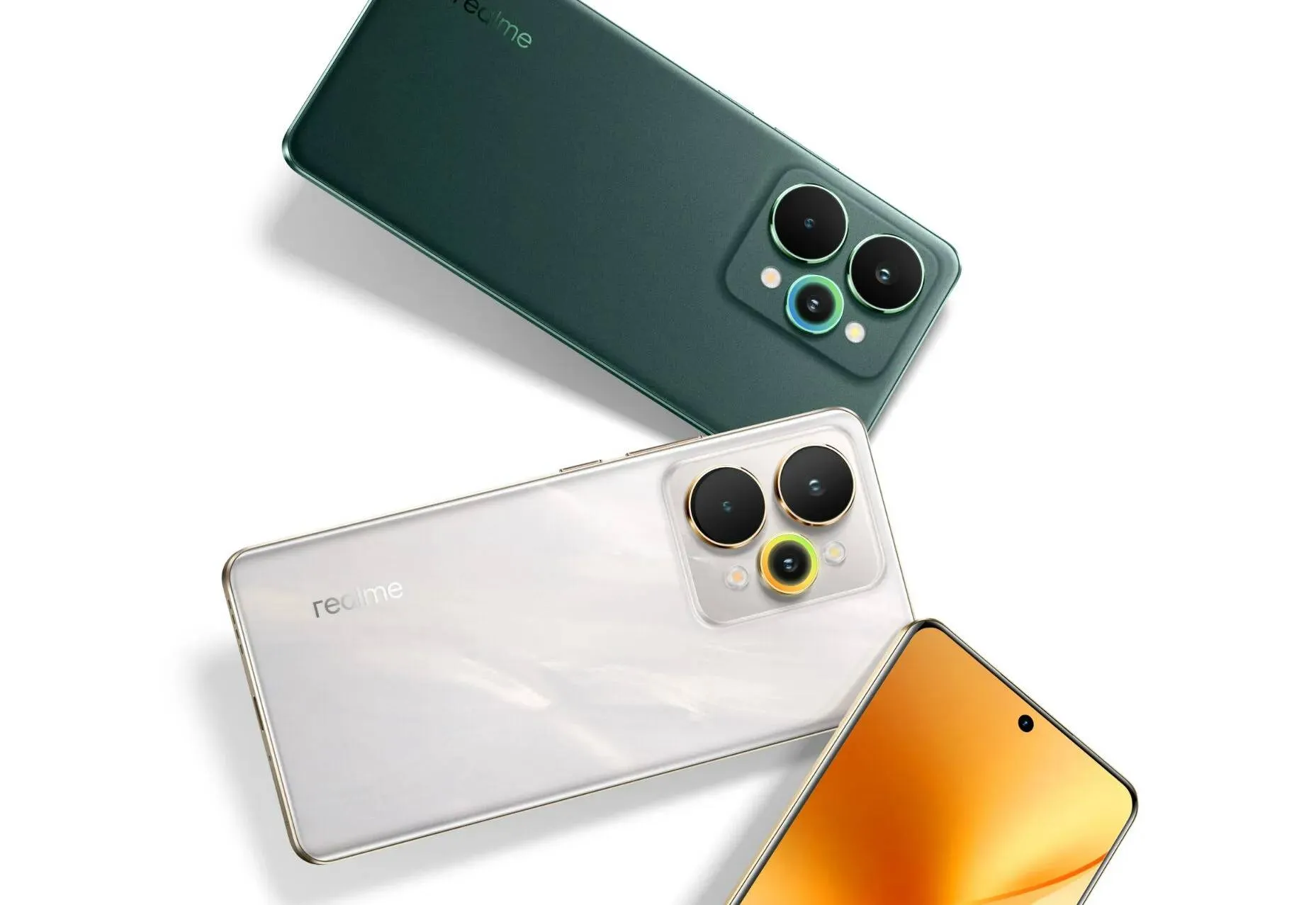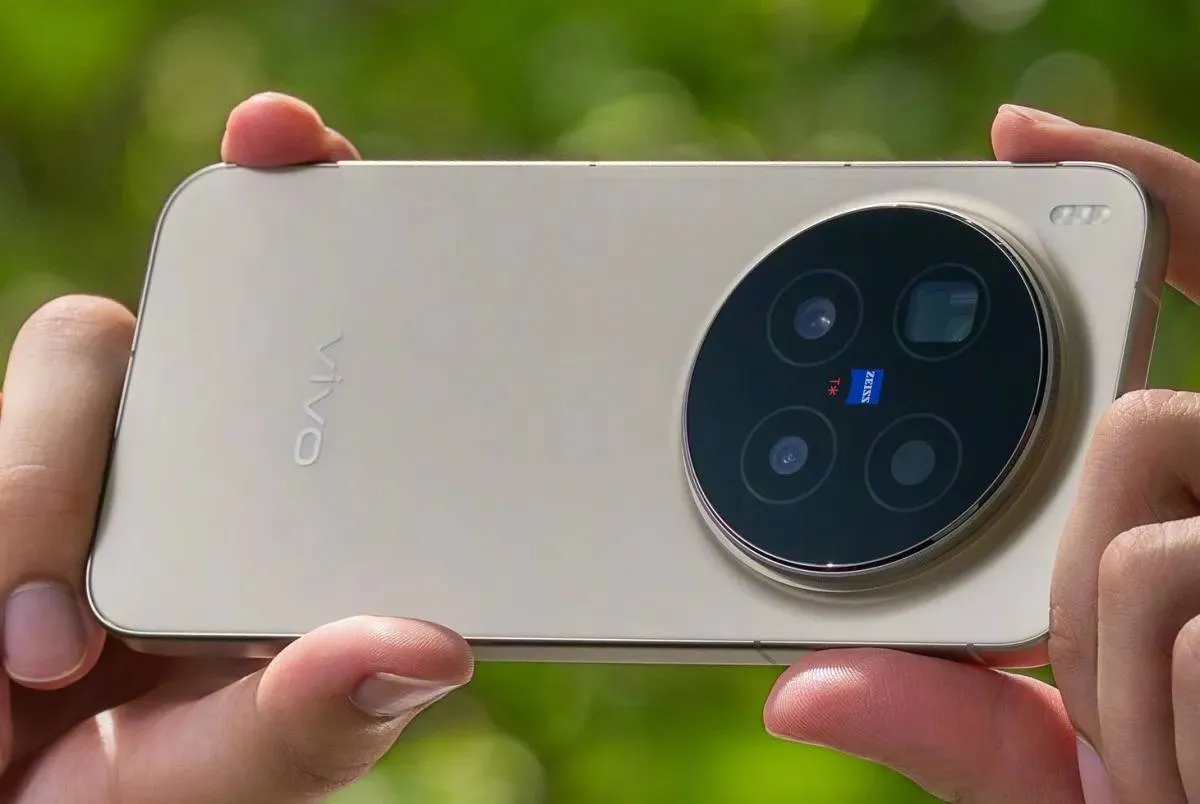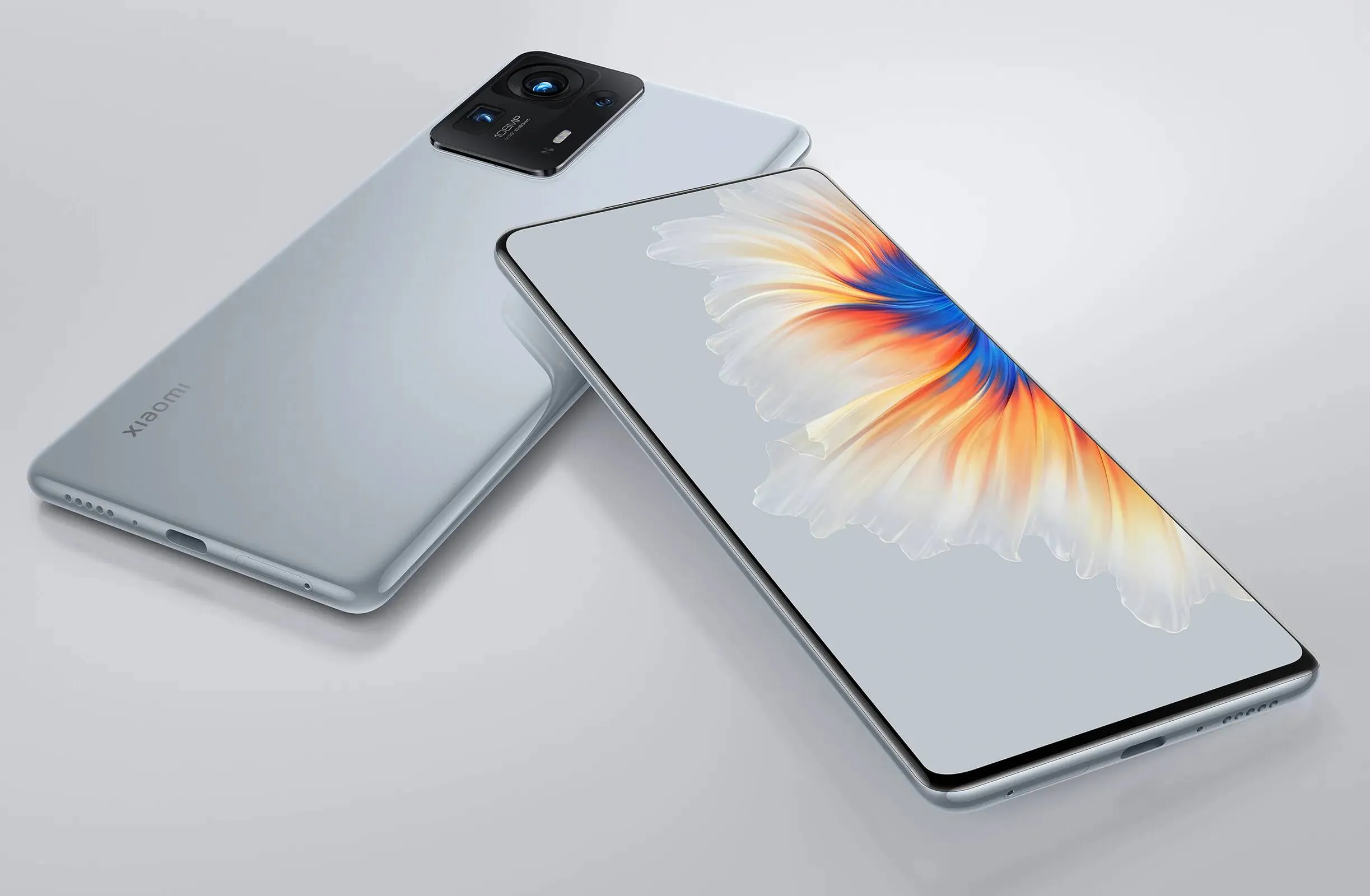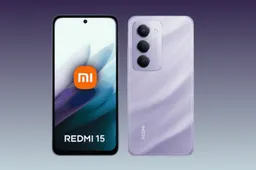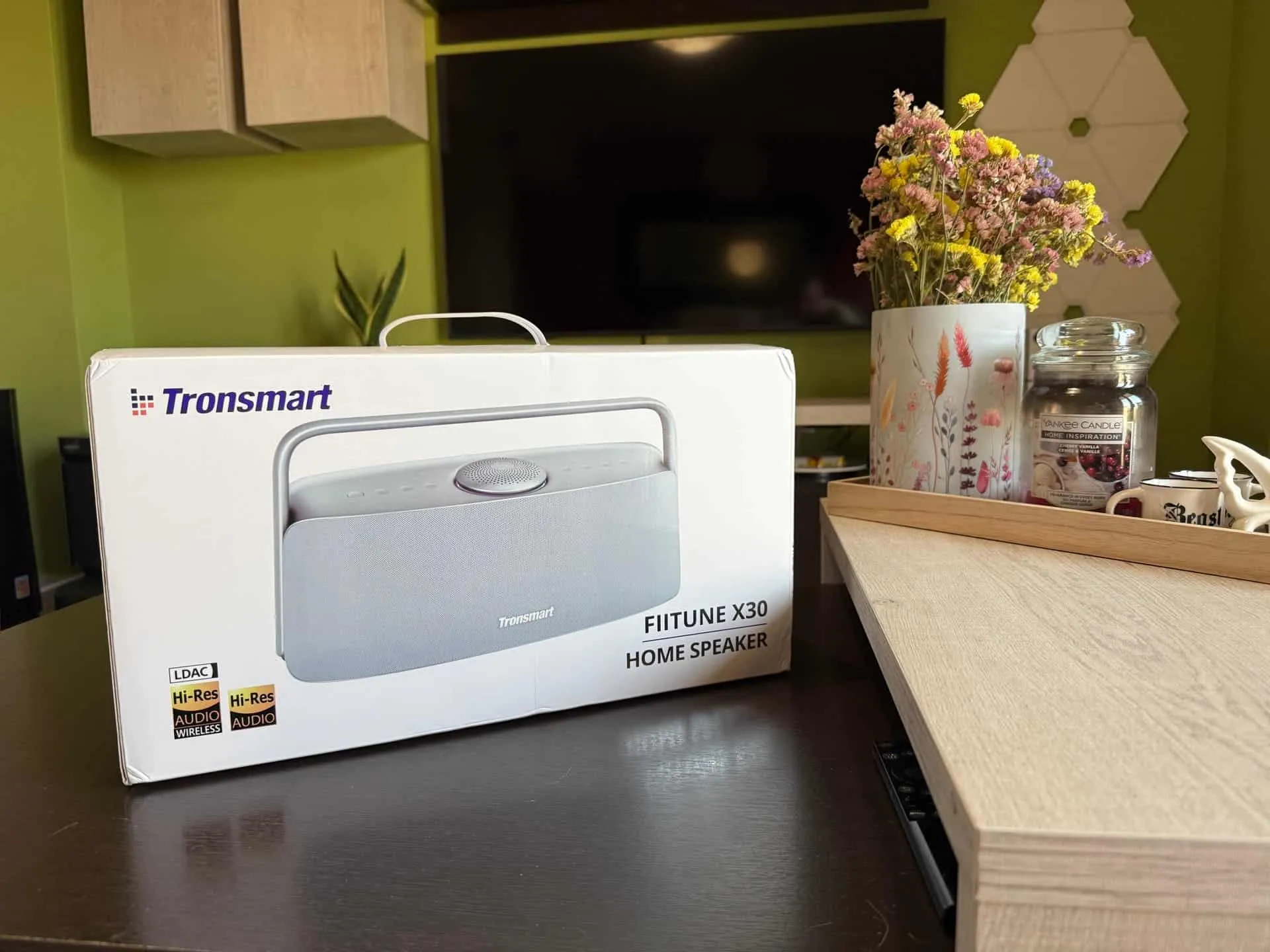
I’ve just spent two weeks living with the Tronsmart Fiitune X30 and to be honest It’s the kind of speaker that sits next to you on the sofa, quietly challenging your expectations—especially if you’re comparing it to other heavyweight alternatives. This is a speaker that makes a bold first impression—striking design, solid build, and serious volume for the price—but not without caveats. It wants to play in the big leagues, aiming for that spatial audio wow factor, but it doesn’t quite stick the landing.
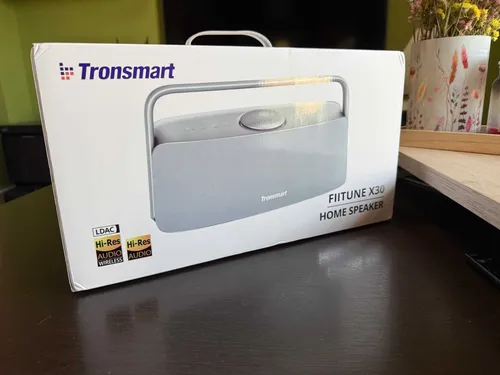
First Impressions: Sleek, Solid, a Little Surprising
At first glance, the Fiitune X30 strikes a balance between subtle and bold. It isn’t screaming for attention—no flashy lights or overt branding. Instead, there’s a soft-touch fabric grille, a sculpted aluminum handle that is nowhere near as clunky as I was expecting, and a top surface that glows with gentle touch‑sensitive controls. It's inviting, sort of like it’s saying, “Go ahead, press me.”
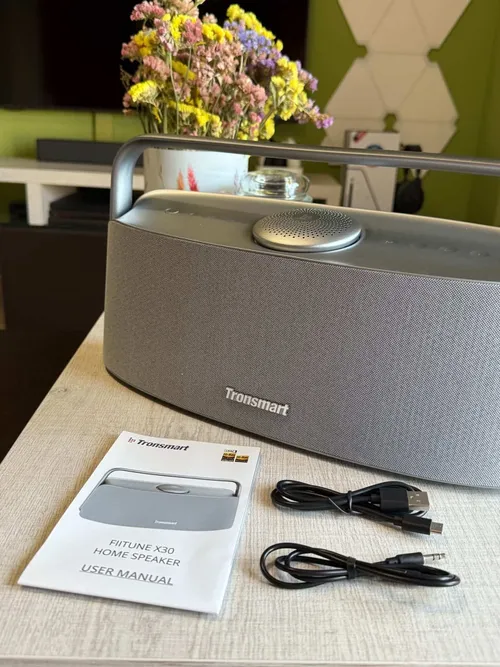
The overall design feels premium—lightly minimalist, if that’s a thing—but it’s not sterile. I think that helps it feel more…human. Also, the weight (about 3.6 kg) is enough to suggest you’re not dealing with cheap plastic, but you can still pick it up and move it to the balcony or kitchen. Just don’t expect to throw it in a backpack.
Controls & Connectivity: Familiar, Some Glitches
Using the touch panel was mostly smooth. Tap for play/pause, swipe for volume—intuitive. Occasional misreads happen, but nothing infuriating. Bluetooth 5.3 worked well: reliably connected to my phone and laptop. Android users can stream via LDAC, which I did, most of the time—I’ll talk sound later.

There’s also an aux input, which I tried once out of curiosity. Audio was clean, but I couldn’t help thinking: when would you choose wired today? I guess for DJs or older gear that refuses to Bluetooth.
Dual-device pairing is unexciting in spec sheets, but in everyday use, it’s a nice luxury. I could switch from Netflix on my laptop to Spotify on my phone without having to mess around with my phone settings. Nice.
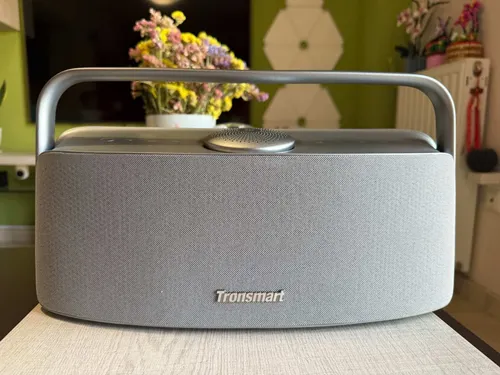
Battery Life: Solid, But Not Astonishing
Tronsmart quotes up to 14 hours of playback (LED off, 50% volume). In my case, I hovered around 10‑12 hours with moderate volume and occasional louder bursts. For a weekend away, you’re covered—but if your average party’s eight hours long and you lean in harder on volume, expect to charge. Recharging via USB‑C took about five hours, which became mildly inconvenient when I forgot to plug it in overnight.
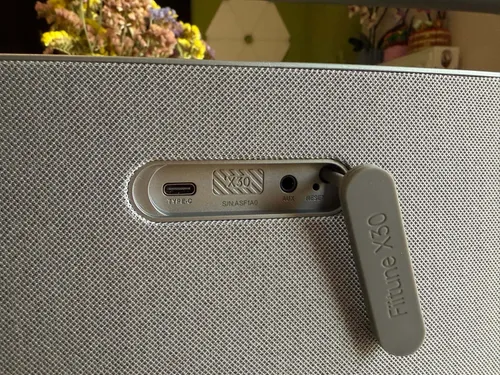
So, is 14 hours enough? Probably for most people. But I felt the pressure a few times when evening rolled around and I hadn’t charged it. But that's just me.
Sound Quality: Big, Bold, Almost Spatial
Right off the bat, the Fiitune X30 impresses with power. We're talking 80 W total output—dual tweeters, dual mid‑range, a racetrack sub, and up‑firing “sky driver” with four passive radiators. It can fill a decent room, even a small outdoor space. I set it on my balcony for a Monday evening playlist—and neighbors didn’t knock, so I’m counting that as a success.
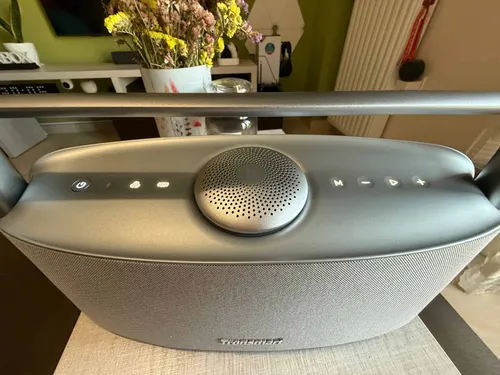
Bass & Mids
The bass is deep, not boomy if you keep it sensible. At high volume, yes, the floor rumbled. But when I dialed it down a bit, cues from both acoustic and electronic tracks were distinct. Vocals were clear across genres—mellow jazz to indie rock to EDM.
The mids stay articulate. They never sounded handful or muffled. What I did notice—as I’d expect—was that perfection across every frequency band only truly happens in smaller speakers. Here, with this much output and driver array, slight harshness creeps in at maximum, but that’s manageable.
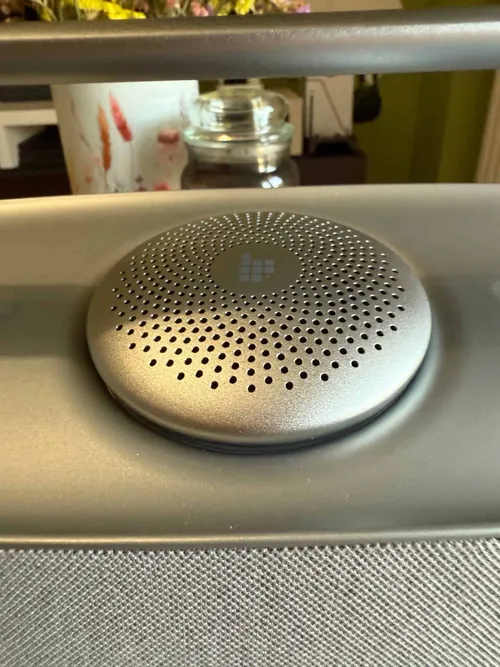
Highs & Detail
The tweeters delivered crisp highs. They carried cymbals and high-pitched textures without sounding shrill. I did want just a hint more sparkle for classical pieces, but again, for the price, I wasn’t left wanting something else entirely.
The “Sky Driver” & Spatial Effect
This is where things get... interesting. Tronsmart markets this as “spatial audio,” achieved via the upward-firing driver. In practice, I did feel a hint of height—music wasn’t just sprawling left-right but upward too. That’s not Atmos. Nor Dolby-defined. Yet I felt something extra, perhaps room reflections from the ceiling. It kinda reminded me of when your laptop speakers create a sense of space. Better, but not jaw-dropping.
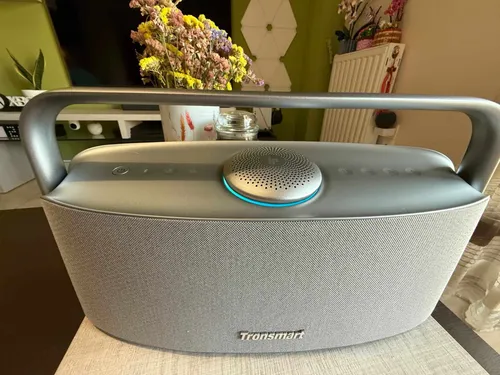
I guess what I'm trying to say is: it tricks your ear—not with magic, but with reason. Don't expect an immersive bubble hovering above you. But there's a subtle lift and added ambience that makes a difference.
When It Doesn’t Deliver: Atmos Missing
Which brings me to the elephant in the room: this speaker doesn’t support Dolby Atmos or any native spatial format. So if you're buying it to get that true three‑dimensional experience you see in Sonos Era 300 marketing, you're going to be disappointed.
For background music, podcast listening, casual movies—it works. But in a darkened room with an Atmos-enabled playlist or movie, it doesn’t “place” sound the way a speaker with proper decoding would. The result is atmospheric… but not cinematic.
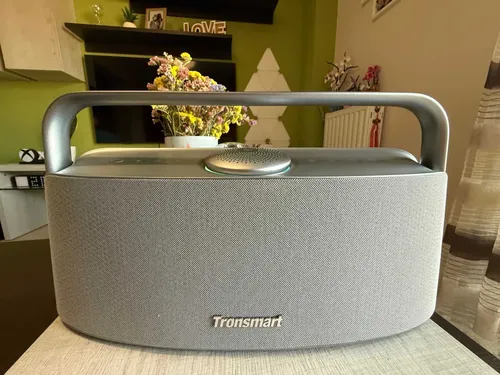
I think that’s where many buyers will pause. Do I want some height at this price, or do I want the magical ceiling-sculpted sound that fully supports Atmos? It depends on how much nuance matters to you—me, I found the virtual spatial effect enjoyable in passing, but not enough to genuinely categorize it as immersive.
Portability & Durability: Does What It Should
The IPX6 rating means it can handle heavy splashes but not full submersion—fine for backyard use, beach trips, or the occasional rain. I didn’t dunk it, but I spilled water on it—no problems. The build feels resilient.
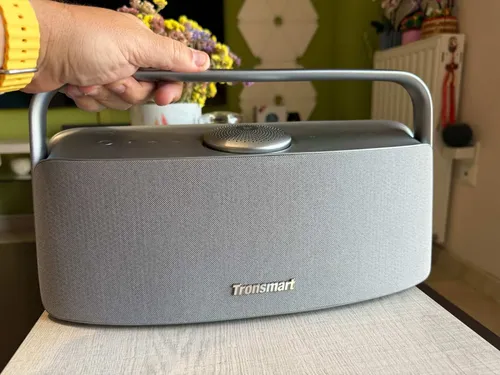
Transportability is a strong point. The handle is sturdy; I moved it between rooms, outdoors, and to a friend’s flat without feeling like I was lugging a beast.
App & Tuning: Basic but Functional
The companion app is serviceable. You get EQ presets—bass boost, treble boost, and a custom slider—and a firmware update option. There’s no multiroom ecosystem or clever integration with assistants, so if you're invested in Alexa or Google Home worlds, this won't slot in neatly.
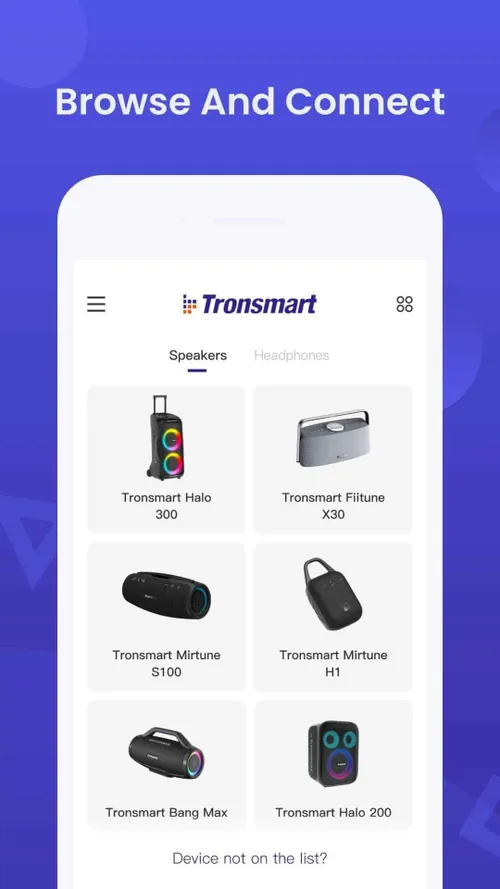
In my case, I landed on a modest bass boost and mild midlift. Made some immersive playlists sound richer. I used LDAC mode on my phone to test. It worked well. You don’t get hi-res logos, but sonically, it was tight.
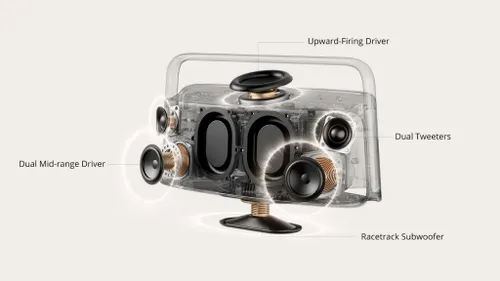
Two-budgets: skip app if you're just streaming Bluetooth. But I’d recommend a quick run-through—tuning adds noticeable polish.
Real‑World Use: My Two‑Week Routine
Morning coffee: soft deep house playlist, about 30% volume, gentle bass. Nice acoustic warmth, didn’t fry my ears before caffeine.
Afternoon cooking: I bumped it to 60‑70%—beats still clean, the sub added richness to bass-heavy tracks. The top panel felt warm after a couple of hours, but nothing alarming.
Evening chill: classic rock at moderate volume—vocals crisp, drums had thump. I found myself moving it closer to define sound, but otherwise it was smooth.
Movie night: I accepted its lack of Atmos—dialogue was clear, effects were broad. But explosions sounded like they came from behind me, not above. Slightly disappointing, but more immersive than typical 2.0 speakers—with one proviso: expect subtlety.
Outdoor test: At moderate-high levels, it handled 20-foot deck listening. No distortion until late volume—when it lost crispness in midrange a bit. Still, impressive for the price.
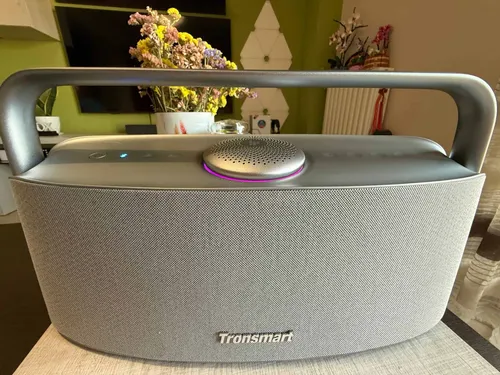
Minor Issues & Oddities
- The LED top light—I appreciate subtlety, but it’s dim even in a well-lit room. I tapped a few times before it reacted.
- The app lacks integration with popular streaming services; frustrating if you want presets by playlist or genre.
- The claim of “ultra‑wide 40 kHz bandwidth” felt like marketing copy. Sure, that’s spec, but humans don’t hear that high. Still, I suppose it hints at clarity above typical 20 kHz ceilings.
- Bottom Line: A Power‑Packed Speaker That Hits—With Caveats
If you want a powerful, stylish, and water-resistant speaker for under $200, the Fiitune X30 delivers. It sounds big, bright, and good. Portability is real, and battery life is solid for most occasions.
However—and there's one—true spatial sound? No. Dolby Atmos? Absent. So if you’re after immersive overhead effects, surprising voice placement, or full-room cinematic detail, you’ll need to shell out more or stay in the Sonos (or Amazon Echo Studio, Apple, etc.) ecosystem.
Maybe I’m grudgingly admitting: the Fiitune feels like a compromise. A smart one, but still a compromise. And I think that’s okay. Because for many people—casual listeners, weekend patio players, someone sick of tiny Bluetooth cans—this is the sweet spot.
Loading


